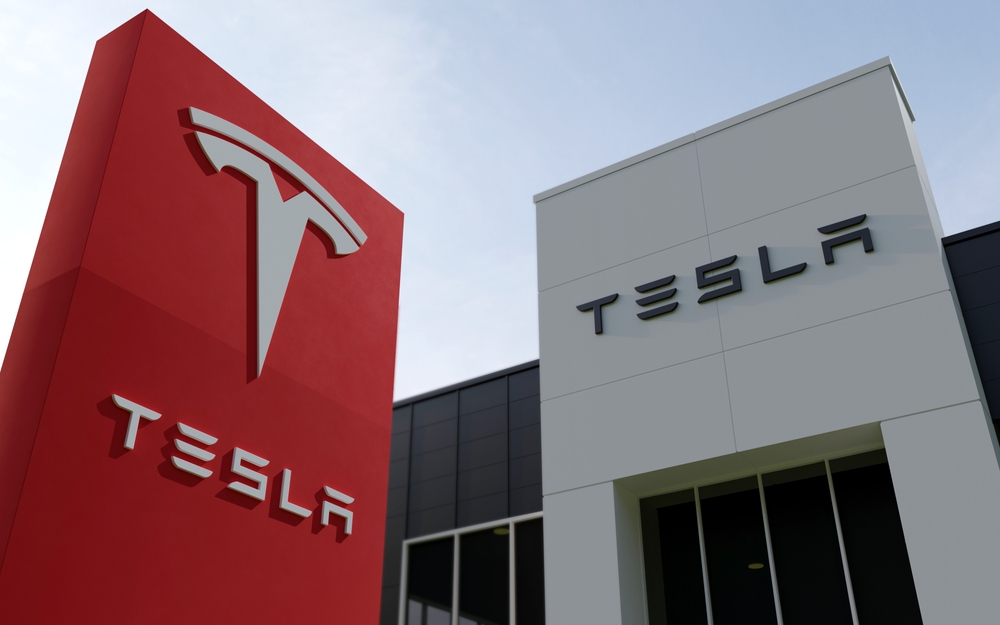For the first time in over a decade, the Tesla ship has encountered choppy waters. 2024 witnessed a slight dip in annual deliveries, marking a significant shift for the company that once seemed unstoppable. While China provided a lifeline, the global slowdown and mounting competition cast a shadow over the EV titan.
A Look Back
Remember the lean years? Back in 2011, Tesla was still finding its footing, navigating the early days of EV production. A minor dip in sales then seemed like a blip on the radar. Fast forward to 2024, and the stakes are vastly different. Tesla now faces a crowded marketplace, battling established giants and nimble upstarts for market share.

The Cybertruck, once a beacon of hope, failed to deliver the anticipated sales boost. Demand for Tesla’s premium models softened, and the competition intensified. Rivian, Ford, GM – the list of rivals grew longer, each offering a wider array of choices to discerning consumers.
Challenges on Home Turf
The US market, once Tesla’s stronghold, presented its own set of challenges. An aging product lineup and the allure of hybrids and traditional gas vehicles eroded Tesla’s dominance. While early adopters flocked to the brand, new buyers were increasingly open to alternatives.
China, a crucial market, proved to be a double-edged sword. While strong demand provided a buffer, local players like BYD and Li Auto were gaining ground rapidly. The race for market share in China is fierce, demanding agility and innovation from Tesla.
Way Forward?
The path forward? Industry analysts point towards a much-needed diversification of the Tesla lineup. Lowering price points to attract budget-conscious buyers is crucial. A more affordable Model Y could unlock a new wave of customers and solidify Tesla’s position in the mass market.
This slight stumble serves as a wake-up call for Tesla. The company that once redefined the EV landscape must now adapt and innovate to maintain its leadership in a rapidly evolving market.





